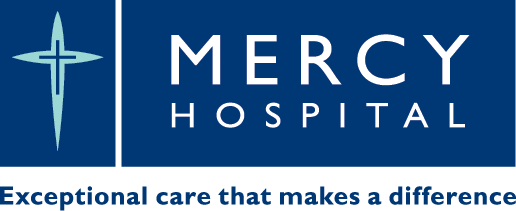About Cardiothoracic Surgery
Mercy Hospital is a not-for-profit surgical hospital committed to delivering 'exceptional care that makes a difference' to Otago and Southland residents. Independent specialists provide cardiothoracic surgery at Mercy Hospital Dunedin. Cardiac surgery involves the heart and large blood vessels (arteries and veins) around it, and thoracic surgery involves the lungs, the diaphragm and chest wall. This surgical service is provided at our facility by the following medical specialists. For further information please seek a referral through your GP or contact your preferred specialist directly.
Procedures / Treatments
Valve surgery (repair or replacement)
There are four major heart valves that control blood flow through the heart. If the valves become narrow (stenosis) so that blood flow through them becomes difficult, or leaky so that some blood flows in the wrong direction, they may need to be repaired or replaced. Valves may be damaged by diseases such as rheumatic fever or bacterial infection, degenerate with age or may not be formed properly at birth.
Heart valve surgery involves making a cut through the front of the chest and breastbone (sternotomy) to expose the heart. The heart is then stopped and its function taken over by a heart-lung machine. Part of the heart is then opened and the valve repaired or possibly replaced using a human donor valve, a valve from a pig or cow or an artificial valve. The heart is then restarted, the heart-lung machine disconnected and the breastbone closed with wires. The operation usually takes between three and five hours.
Coronary Artery Bypass Surgery (CABG)
When the arteries that supply the heart with blood (coronary arteries) become blocked with fatty substances, surgery may be required to restore blood flow to the heart muscle.
Coronary Artery Bypass Surgery uses pieces of arteries from the arm or chest or from veins in the leg to create a detour around the blocked coronary artery.
The procedure involves making a cut through the front of the chest and breastbone (sternotomy) to expose the heart. The heart is then stopped and its function taken over by a heart-lung machine. Once the new blood vessels are in place, the heart is restarted, the heart-lung machine disconnected and the breastbone closed with wires. The operation usually takes between three and five hours.
Aortic Aneurysm Repair
An aneurysm is a weak, bulging area that can develop on the wall of a blood vessel particularly in the aorta, the large artery that carries blood from the heart for delivery to the rest of the body.
Once an aneurysm has been identified, surgery may be performed to avoid the danger of the aneurysm bursting.
Aortic aneurysm surgery involves either:
Open chest surgery in which the part of the aorta with the aneurysm is removed and replaced with an artificial graft or
Insertion of a stent graft (an artificial tube) at the site of the aneurysm so that blood can flow through the tube and bypass the aneurysm. This is a less invasive procedure and involves small cuts or incisions in the upper thigh.
Bypass graft surgery
Thoracic surgery (lung and chest)
This information has been provided by https://www.healthpoint.co.nz, helping people better understand and use New Zealand health services.



